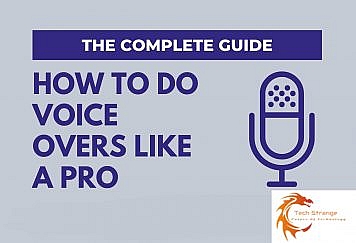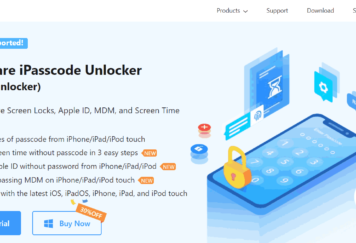Swimming in oceans of data, organizations need proper management and data governance to run smoothly. Now that organizations are delving into the digital world, data has turned into valuable assets. With this, valuable resources can easily turn into a liability without a data governance framework. Serving as a roadmap, a data governance framework guides organizations in the complexity of data management. In this blog post, we will discuss points that you need to know as a stepping stone in understanding the data governance framework.
The Definition of Data Governance Framework
Think of it this way, a data governance framework is like a set of rules and policies that lays the foundation of how the organization manages its data. It’s a systematic approach for decision-making, accountability, and collaboration for those involved in data management. Like a blueprint, a data governance framework is responsible for how the data should be handled within the organization.
The Three Pillars of Data Governance Framework
As an important aspect of proper data management, there are three pillars of the data governance framework that heavily rely on. Here is a list of the pillars:
- Technology: For successful data governance, you must incorporate the right tools and technologies. Data management systems, metadata repositories, data quality tools, and even security measures are technologies that level up the efficiency of data governance and provide insights that are valuable for decision-making.
- Processes: For data collection, storage, access, usage, and disposal, effective data governance needs clear-cut processes. They should also adhere to industry standards and regulatory requirements to lighten risks and ensure compliance.
- People: Most importantly, a data governance framework needs strong collaboration. From executives, data stewards, and IT personnel to end-users, there must be clear communication between everyone involved. Usually, roles and responsibilities are also well-established to avoid complications with accountability and data asset ownership.
Advantages of Executing Data Governance Framework
As a beneficial aspect of data management, here are some advantages that you should know when you execute a data governance framework:
- Improves Data Quality
- Enhances Data Security and Compliance
- Increases Operational Efficacy
- Strengthens Data-Driven Decision-Making
Strategies for Executing a Data Governance Framework
When you implement a data governance framework, you need a set of well-defined strategies. Here is the list of strategies for executing a data governance framework:
- Establish a well-collaborated Data Governance Team to ensure the smoothness of managing data.
- Evaluate your organization’s current data management practice and look for areas to improve.
- Define clear policies and standards adhering to compliance with regulations.
- Always communicate and educate your employees regarding data governance.
Conclusion
Keep in mind that an expertly executed data governance framework helps organizations harness the peak potential of their data assets. Bu understanding what a data governance framework is, its three pillars, advantages, and strategies, you are one step closer to achieving success in the digital age. Execute the data governance framework today and get your organization’s data’s true value now!
If you’re up for sharing your data knowledge with your team, book a demo with us at DataGalaxy.
Follow TechStrange for more Technology, Business, and Digital Marketing News.





